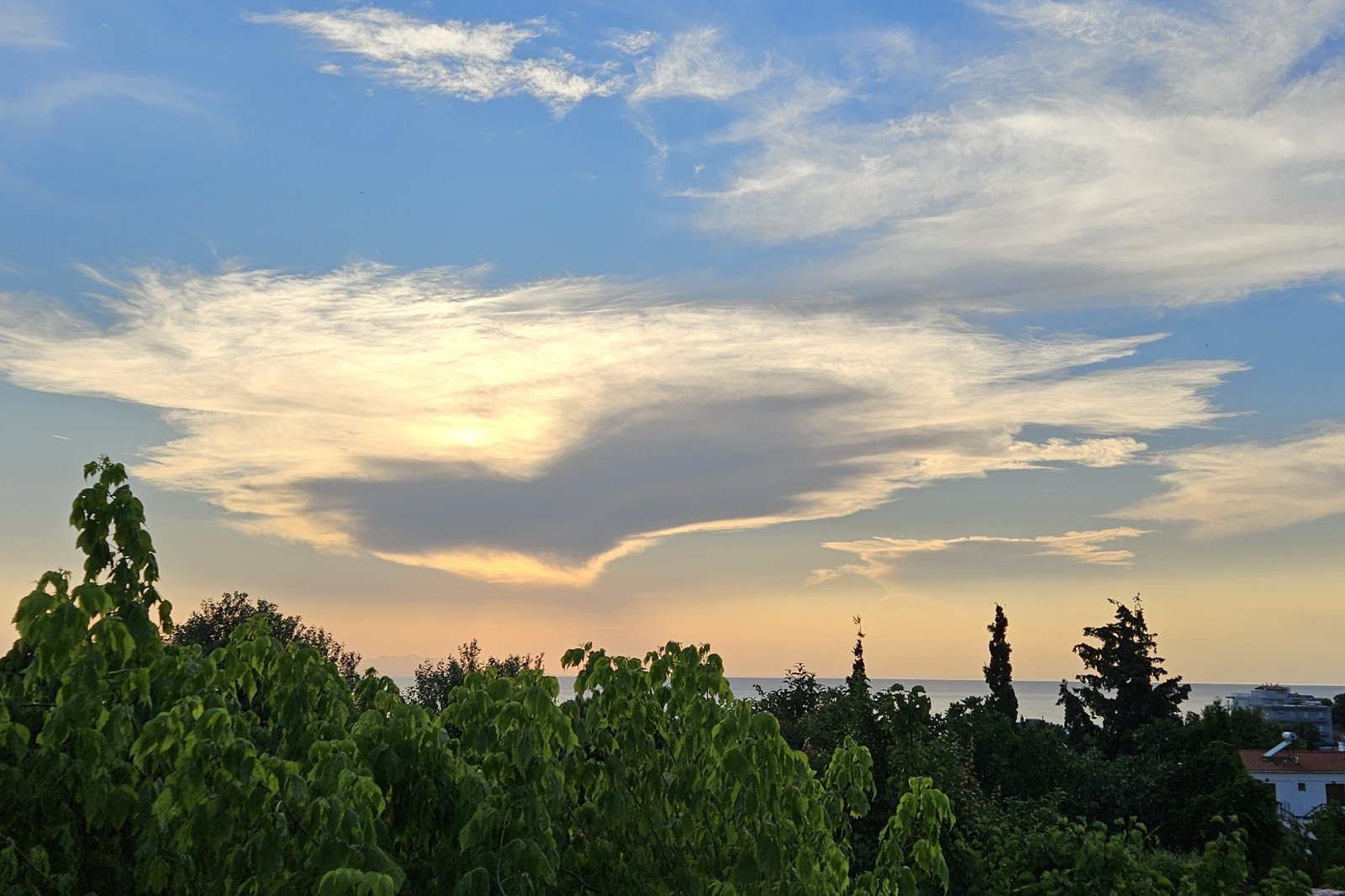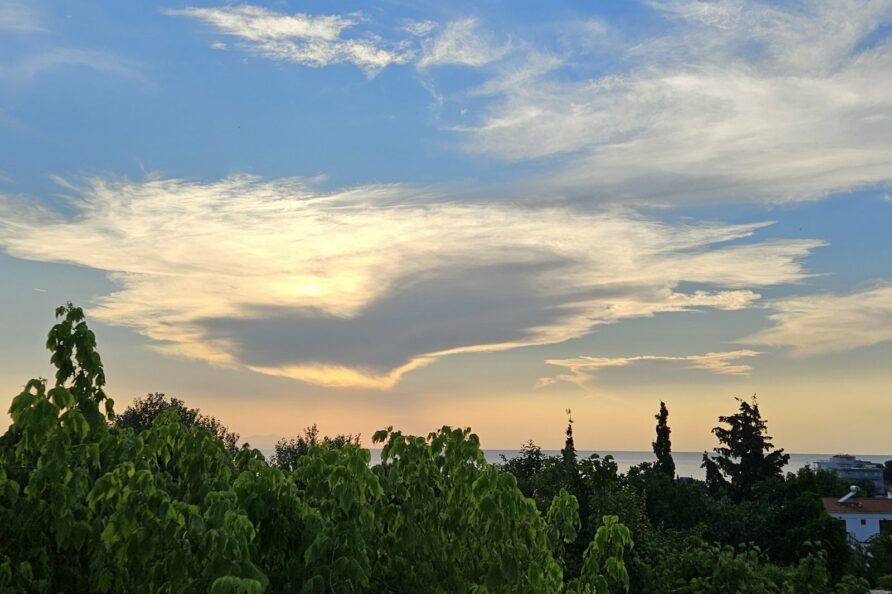Samothrace is a rugged Greek island in the northern Aegean Sea, known for its rich history and natural beauty.
Geography and Demographics:
Mountainous terrain, dominated by Mount Fengari.
Small population, with fishing and tourism as main industries.
Lacks a commercial airport, accessible by ferry.
Historical Significance:
Anciently known for the Sanctuary of the Great Gods, a site of important religious ceremonies.
Visited by historical figures like Lysander, Philip II, and Lucius Calpurnius Piso Caesoninus.
Passed through various rulers, including Persians, Athenians, Macedonians, Romans, Byzantines, Venetians, Genoese, and Ottomans.
Briefly occupied by Bulgaria during World War II.
Apostle Paul visited the island.
Key Attractions:
Sanctuary of the Great Gods, famous for the Nike of Samothrace (Winged Victory, located in the Louvre).
Ancient city ruins of Paleopolis.
Chora, a picturesque village.
Kamariotissa, the modern port town.
Waterfalls.

